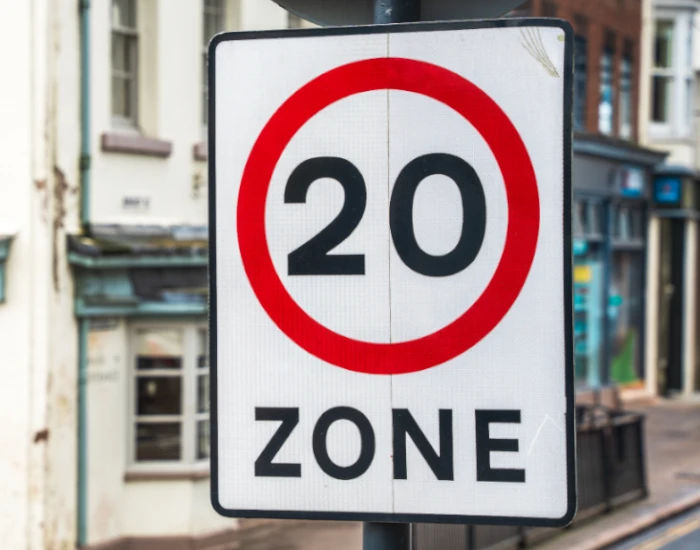
Bicycles are not subject to national speed limits when cycling on UK roads. However, there are a number of laws which mean that you could still be convicted for cycling at speed.
If you are injured when cycling at excessive speed, it could affect your eligibility to claim and the amount of compensation you will receive.
What does the law say about cycling and speed?
Cycling at speed is addressed in a number of laws.
The oldest of these laws is the Town Police Clauses Act 1847, in which, under Section 28, it is an offence for a person to "ride or drive furiously any horse or carriage . . ." and in this case a cycle is classed as a carriage.
If a cyclist causes bodily harm to another road user he may also be charged with wanton and furious driving. Section 35 of the Offences Against the Person Act 1861 - which was amended by the Criminal Justice Act of 1948 states:
Drivers of carriages injuring persons by furious driving
"Whosoever, having the charge of any carriage or vehicle, shall by wanton or furious driving or racing, or other wilful misconduct, or by wilful neglect, do or cause to be done any bodily harm to any person whatsoever, shall be guilty of a misdemeanour, and being convicted thereof shall be liable, at the discretion of the court, to be imprisoned for any term not exceeding two years."
More recent legislation
The Road Traffic Act 1988 (as amended by the Road Traffic Act 1991) also makes it an offence to ride recklessly on a road or in a dangerous, careless or inconsiderate manner.
Dangerous cycling in Section 28 of the amended Act states that a person is regarded as riding dangerously if:
- the way he rides falls far below what would be expected of a competent and careful cyclist, and
- it would be obvious to a competent and careful cyclist that riding in that way would be dangerous, i.e. cause either danger of injury to any person, or damage to property.
- A "competent and careful" cyclist is expected to be aware of the circumstances in which he is cycling - and it could be argued that this includes observing road conditions and speed limits.
Dangerous cycling is an offence which carries a maximum penalty of £2,500.
The lesser offence of careless and inconsiderate cycling states in Section 29 that a person is guilty of such an offence if he cycles on a road without due care and attention or without reasonable consideration for other road users.
Careless and inconsiderate cycling carries a maximum fine of £1,000.
In both cases the maximum fines are rarely issued.
Cyclists are required to comply with other legal requirements for road use, such as obeying traffic signals, giving way to pedestrians, and cycling with due care and attention.
 Written by Chris Salmon on 28th February 2023
Written by Chris Salmon on 28th February 2023